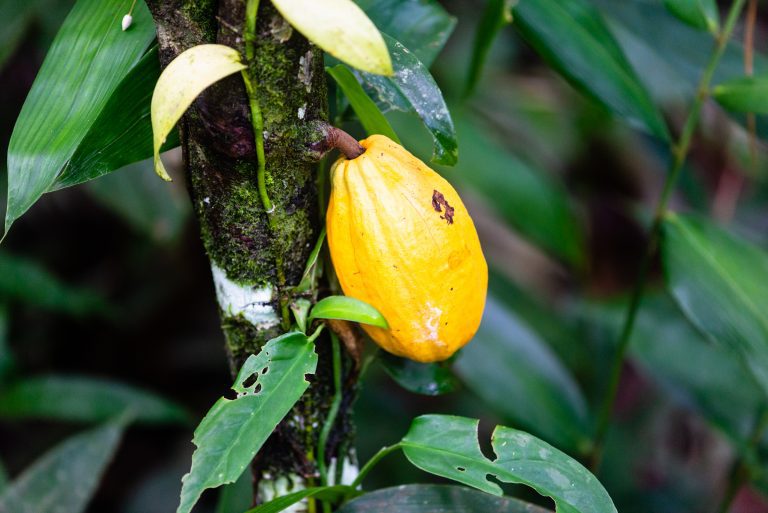Despite being native to the Amazon, the origin of cacao (Theobroma cacao) is still unknown in global consumer markets and even in national ones. Cacao conquered Europe in the mid-16th century, from varieties planted in Central America and the Caribbean. More recently, cacao has been associated with African countries, which are responsible for approximately two-thirds of its production.1 In Brazil, the product only gained momentum in the second half of the 18th century, with plantations in Bahia.
Cacao production in the Brazilian Amazon was not very expressive until the beginning of this century. In the 1990s, Pará participated with only 10% of the national cacao production.3 This situation changed strongly and, in 2019, Pará became the largest producer of the fruit, accounting for approximately half of the national cacao.
The cacao boom in the Brazilian Amazon is a result not only of the increase in production, but also of the good quality of the fruit. In 2019, cacao produced in the Amazon contributed to Brazil being recognized by the International Cocoa Organization (ICCO) as a producer of flavor cacao, which brings opportunities and challenges.





